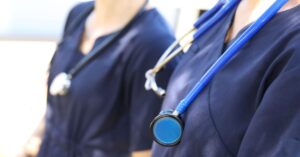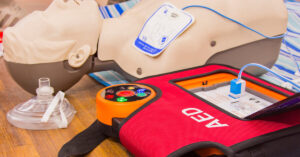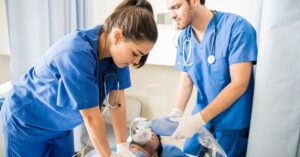Those with CPR and other AHA certifications can recognize when someone’s cardiovascular system is in distress, and it’s always an emergency. The cardiovascular system consists of your heart and blood vessels, which work together, bringing oxygen and blood to every area of your body. During a crisis, oxygen and blood flow slow or stop, which can lead to distress and eventually death. There are nine ways to recognize a cardiovascular emergency. Read on to learn what those nine ways are.
Sudden Cardiac Arrest
Sudden cardiac arrest (SCA) symptoms are more obvious than the gradual symptoms of other types of cardiac arrest. Here are the common signs to watch for in SCA:
- Sudden collapse
- No breath
- No pulse
- Loss of consciousness
Perform CPR immediately if you have the proper certification while someone calls for emergency medical help.
Early Signs
There are nine ways to recognize a cardiovascular emergency before SCA occurs. Pay attention to the following symptoms:
- Flu-like symptoms
- Chest pain
- Unusual fatigue
- Belly pain
- Nausea or vomiting
- Heart palpitations
- Dizziness and fainting
- Back pain
- Shortness of breath
Although these symptoms can occur separately and aren’t related to a cardiovascular emergency, it may be a cardiovascular emergency if you see them happening together, out of nowhere, or often.
The best way to feel confident about recognizing the above symptoms as a non-healthcare worker is to undergo CPR training so you can perform CPR until medical help is available. Conversely, as a healthcare professional, an ACLS certification enables you to perform advanced cardiovascular life support to patients and recognize early and sudden symptoms quickly.
At CPR123, we offer ACLS certification courses in the classroom and online for your convenience. We also provide other certification courses, including CPR, BLS, and AED training. Contact CPR123 with your certification needs and questions.







